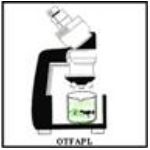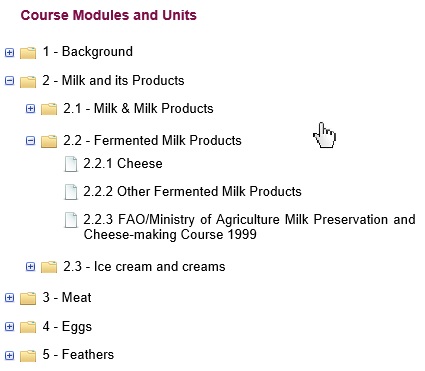
AGLS 2004 - Livestock Products Technology
(yellowdiv)
Lecture
Slides
Lecture Slides
-
-
- 1.1.1 Overview of Livestock Production Systems in CARICOM region
- 1.1.2 Importance of ruminants to our economies and to mankind
- 1.1.3 Non-Ruminant Livestock Production
- 1.1.4 The linkage between the production of food from livestock and crop
- 1.1.5 Factors Affecting Livestock Production
- 1.1.6 Types of Livestock Production Systems
-
- 1.2.1 The Tropics Defined
- 1.2.2 The Diversity of the Tropical Environment
- 1.2.3 Climatic factors of prime importance to agriculture and animal production in the Tropics
- 1.2.4 Physical factors of prime importance to agriculture and animal production in the Tropics
- 1.2.5 Some socio-economic considerations of relevance to the Tropics
- 1.2.6 Animal Production in the Tropics: Status and Horizons
- 1.2.7 Features of Tropical Livestock Commodities
-
Select the lecture slides of interest from the collapsible
folders on the left as shown below.

